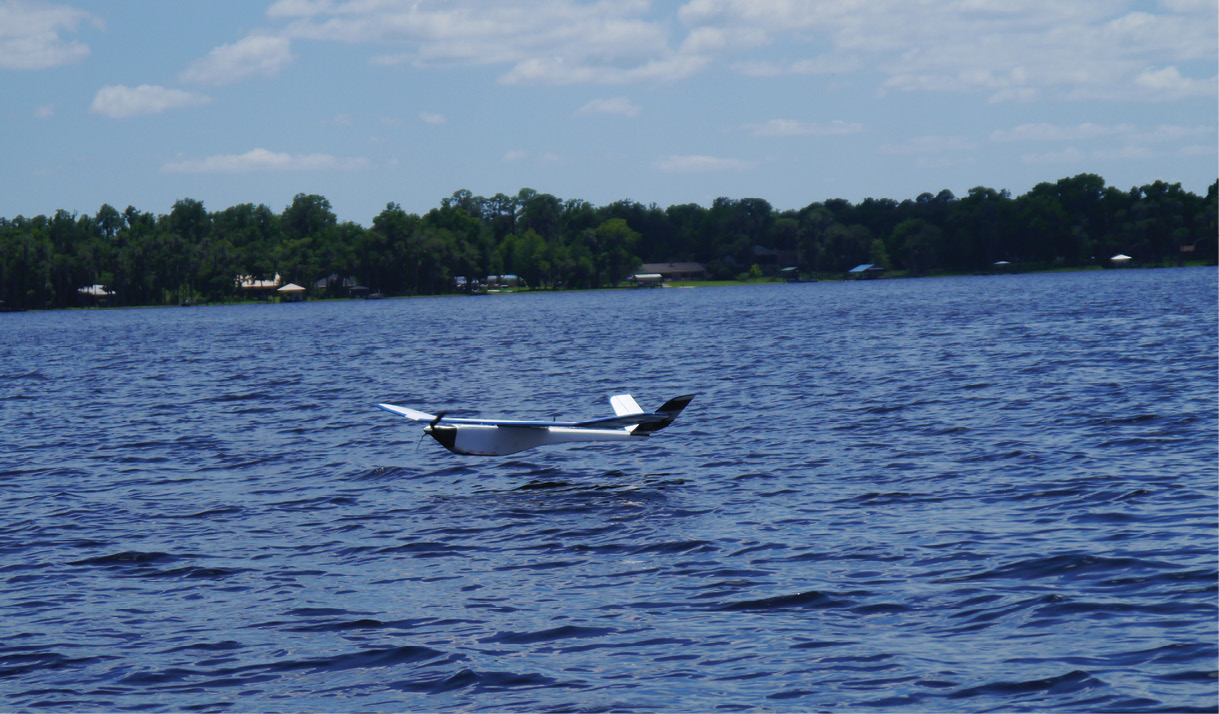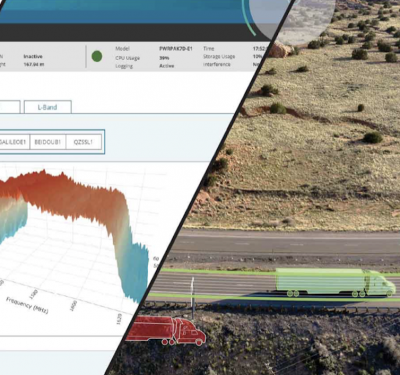
The FAA has finally released their “Part 107” rules for small UAS, making it legal to fly UAS weighing less than 55 pounds under specified conditions. This is a long, long overdue set of rules governing well known technology that’s been in use since the early days of flying. No kidding—the first “drone” flight in the U.S. was in 1917. Nevertheless, the FAA did give solid guidance for the private and commercial drone industry. The rules are relatively restrictive, as I’ll discuss. But there is hope—every restriction I’ll mention can be waived if applicants can devise mitigating measures acceptable to the FAA. The problem is the FAA isn’t giving guidelines on what they will—and won’t—accept in a waiver package. I’ll cover what we got from Part 107, what we didn’t get and, most importantly, what we NEED from either new rules or waivers to the current ones.
The first restriction is that UAS must weigh less than 55 pounds. We received a decent upper weight limit in this rule. It’s based on previous rules for model aircraft, not on any research showing maximum weights that are least likely to cause damage in a crash. What we didn’t get out of this ruling was enough weight to fly long distances, carry a decent payload or provide enough power for useful sensors like synthetic aperture radar. What we need from the FAA is a way ahead for large UAS rules. I have no doubt the FAA will get what they regulate from this rule; industry will come up with tremendously innovative ways to squeeze every ounce of performance out of those 55 pounds. What we won’t get is a drone that can carry cargo from Memphis to Tokyo or a UAS that can deliver a donated heart directly from a country hospital to a big city two states away. The weight just isn’t enough for long distance flight with a large payload.
The next restriction is that UAS cannot fly over 400 feet or faster than 78 knots. What we got was airspace the FAA has never regulated before drones became popular and only 75% of it at that. Long-time flyers know flight below 500 feet has always been the Wild West because the FAA never regulated this airspace before drones came along. What we didn’t get is enough altitude to do a number of important missions. 400 feet is fine for delivering small packages, inspecting pipelines and the movie industry. It’s too low to get decent range from UAS data links and much too low for larger UAS to fly. What we need is REAL integration into the National Airspace System (NAS)—the much safer and more fuel efficient realm above 400 feet. After all, that was what Congress intended when they told the FAA to integrate UAS into the NAS.
The FAA addressed pilot training and certification by mandating UAS pilots to get a TSA check and obtain a remote pilot’s license via computer based testing at an FAA Test Center. What we got was a hard fought compromise between drone advocacy groups and manned aircraft associations. The manned aircraft associations at least got a written test for drone pilots, but they still insist drone pilots should have to actually demonstrate their ability to fly safely to an FAA tester. The drone advocacy groups settled for a test, but objected to testing at an FAA Center. What we didn’t get was a solution that satisfied both parties, particularly when it comes to flying with waivers for Part 107. What we need is a way ahead for drone crew training. A computer test may be fine for drones flown under all the restrictions of Part 107, but what about training for all those waiverable rules? Is it really safe to let someone fly a 1,000-pound drone at 10,000 feet beyond visual line of sight without a full training program with demonstrated competency at these types of risky flight procedures?
Drone pilots can’t fly over people not directly involved in operation of the drone, unless they are under cover. This is one of the two “big” restrictions in Part 107. What we got was a slight relaxation of the proposed rule—we can at least fly over people under roofs. What we didn’t get is a viable way to make money with drones. There’s little profit to be made flying over open fields or delivering packages to the vacant lot three blocks from your house. What we need are clear rules for flying over people with minimal risk. To their credit, the FAA is already working on this via the Micro UAS aviation rulemaking committee. I have high hopes they’ll keep the pressure on industry to propose rules for operations over people soon (indeed, RTCA already has draft rules).
The second big restriction is that pilots must keep their drones within visual line of sight and can only fly in daylight (and dawn/dusk) with at least 2-mile visibility. What we got is the minimal range to make some limited UAS missions profitable. What we didn’t get is the ability to fly more than a mile or two from the pilot. What we desperately need is a detailed, well researched way ahead for beyond line of sight (BLOS) UAS flight. BLOS will be expensive and industry won’t invest in infrastructure unless the FAA tells them what is acceptable. For example, industry doesn’t know if BLOS requires just ADS-B, if they need full ground based radar coverage or if every drone has to have a 360-degree target detection capability. Or maybe all three? BLOS is the big, expensive restriction that we MUST solve to make drones profitable and industry needs guidance from the FAA before they can offer realistic solutions.
Finally, there are no airworthiness standards for small UAS in Part 107. What we got was a clear victory for small UAS manufacturers. No job killing government over-regulation for drones weighing less than 55 pounds. That’s fine for drones that fly strictly within 107—why worry about airworthiness if you don’t have a pilot on board and don’t fly over people? What we didn’t get was airworthiness guidance for the “must do” waivers mentioned earlier—ops over people and BLOS. Industry needs airworthiness standards if their UAS will pose a significant risk to human life. As mentioned above, Micro UAS is on track to get industry working proposed standards for ops over people. I’m not so sure about BLOS.
Again, keep in mind every 107 provision I’ve listed is waiverable. That’s huge. Hats off to the FAA for allowing waivers. My only complaint is that of the two really important restrictions—ops over people and BLOS—only ops over people is getting really aggressive treatment from the FAA. I know BLOS is the tough one, but it’s also the one industry will struggle to address on its own without some research help from the FAA.






